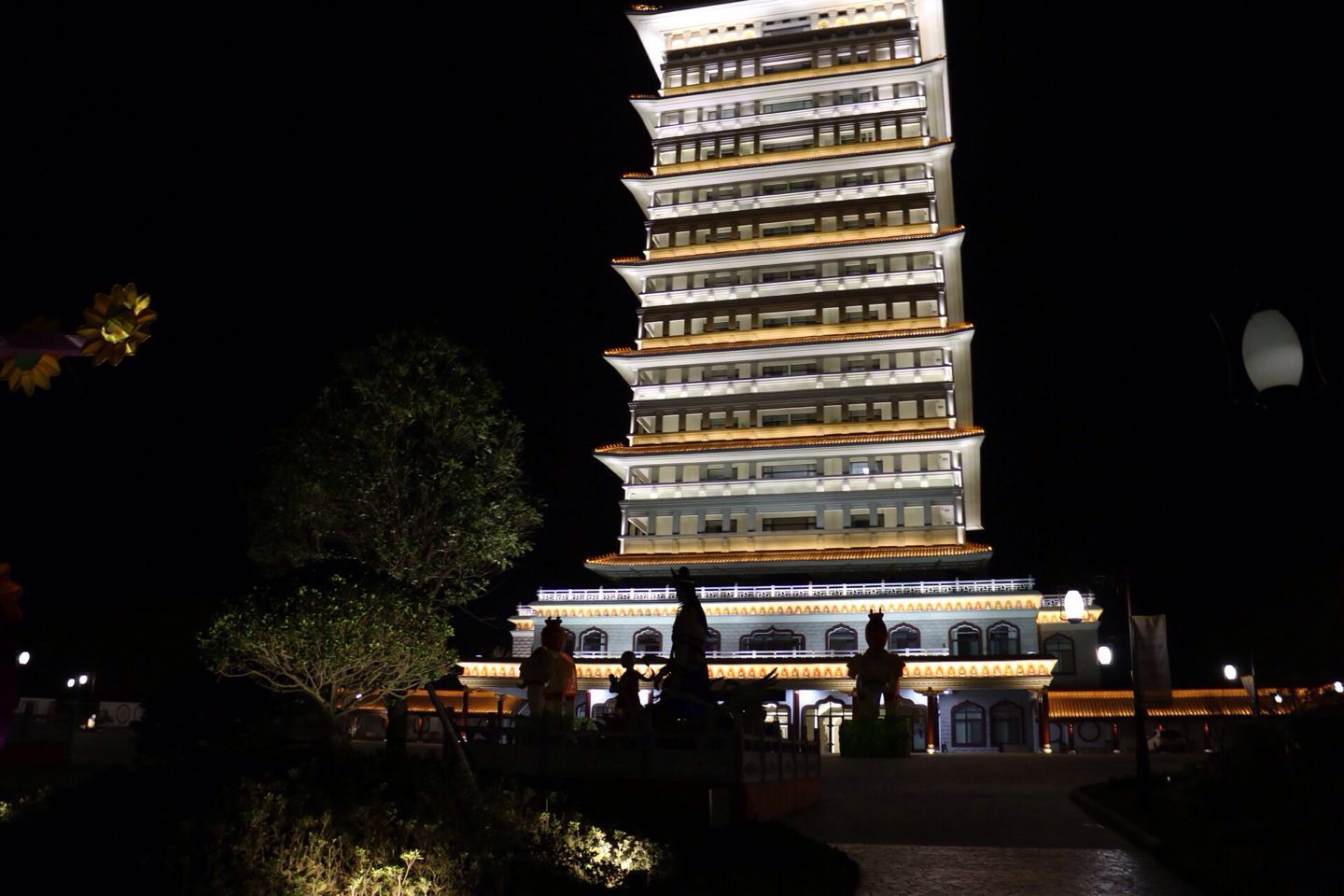From November 27th to 29th, I was invited to participate a writing scholarship meeting in Dajue Temple, Yixing. Just as the master said, this 3-days trip might be the most meaningful thing to us in year 2015, and also an unforgettable memory. I would also like to share my harvests and feelings from this trip with you.
Master Hsing Yun, the founder of Fo Guang Shan in Taiwan, dedicated his life to the institutionalization, modernization, internationalization and humanization development of the Buddhism. It is Master Hsing Yun that rejuvenates the Humanistic Buddhism which has reached a “unity of sacred and secular”. Apart from that, he also revives the Dajue Temple in Yixing, Mainland China. For Master Hsing Yun himself, writing is a significant tool of spreading Buddhism.
On the first day, weariness along the journey all disappeared at the moment of arrival. The warm welcome from organizers gave me the greatest warmth in that cold winter day. I was appreciated that I was offered a comfortable room a bit like Japanese Buddhism temple style. From this experience, I feel strongly that the Humanistic Buddhism is compatible with the Humanism tradition, which can be illustrated by many details such as temple’s barrier - free design for disabled people. Master Hsing Yun shows humanistic wisdom by emphasizing the advocating of a Buddhism-style life and a lifestyle Buddhism. To be honest, what I have experienced are people-oriented solicitudes from this practice.
This trip subverted my view, also gave me a lot of inspiration. I always thought that Buddhism emphasized on abstinence and asceticism, with a mortification for capital accumulation. However, Master Hsing Yun encourages the laymen to earn money within the ethical base. His money attitude is perfect and harmonious, which is of guiding significance to the development between the non-profit Buddha’s charity and market economy. He warns that people should explore the source of money rationally and property distribution should be fair and open, so as not to corrupt in the future.
During those days, undergraduates, Master’s and doctoral students from brand universities of home and abroad, sharing their papers and ideas with all of us. The papers offer comprehensive and in-depth research based on Master Hsing Yun’s books. Their analyses are so deep and angles are so wide that does broaden my sight and inform me of my imperfections. What impress me the most is that Master Hsing Yun’s works have the religious meaning and the literary flavor. Writing is a way to practicing and spreading the Humanistic Buddhism for Master Hsing Yun.
Consequently, when wondering around the modern temple, I cannot help comparing Chinese Buddhism reform to the religion reform in Europe which is a massively spiritual and social revolution. The reform began in Master TaiXu, and shines in Taiwan’s Humanistic Buddhism, reconstruction of Buddhism faith, reversing the decline of Buddhism marginalization since the Ming and Qing dynasty.
And Luther as well as Master Tai Xu known around the world as theorists, so are Calvin together with Master Hsing Yun both as extraordinary doers, and if putting these two religious reforms in a modern perspective, compared to traditional religion, we will find so many similarities which are enough to ponder. However, the Humanistic Buddhism is not to deviate from the teaching of the Buddha, nor is it the secularization of Buddhism. Actually, Humanistic Buddhism is a “modern new Buddhism”. In turn, the reform serves to carry forward Buddhism development.
As a member of the Chinese Communist Party, undoubtedly I would believe in science and own a firm belief in communism. But I also believe that Buddhism culture can provide spiritual comfort and emotional place for confused people in the social transition period. "Chinese dream" gives the Chinese culture with a deep connotation of the times, while the Buddhist culture is rooted in Chinese culture for many years. Master Hsing Yun is committed to promoting the Humanistic Buddhism, and promoting the universal value of compassion, harmony and tolerance, which is collaborative with the original intention of building a harmonious society. By setting up a moral benchmark in people's hearts, people may behave themselves even while they are alone.
Based on the practice ground, absorbed traditional nutrition, “Humanistic Buddhism” is an amazing flower during Chinese Buddhism modernization process. I am very grateful for being invited to this meeting and touched by the warmth of their welcome. I sincerely hope that Humanistic Buddhism will make great contribution to culture development, era of harmony and world peace.








Comment